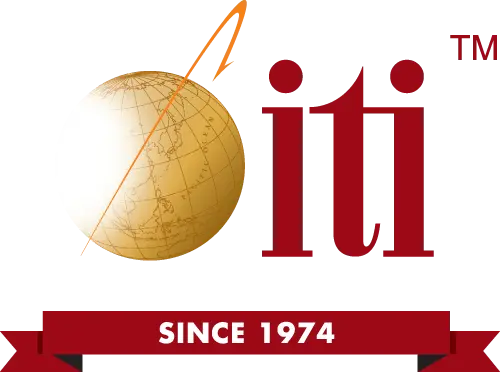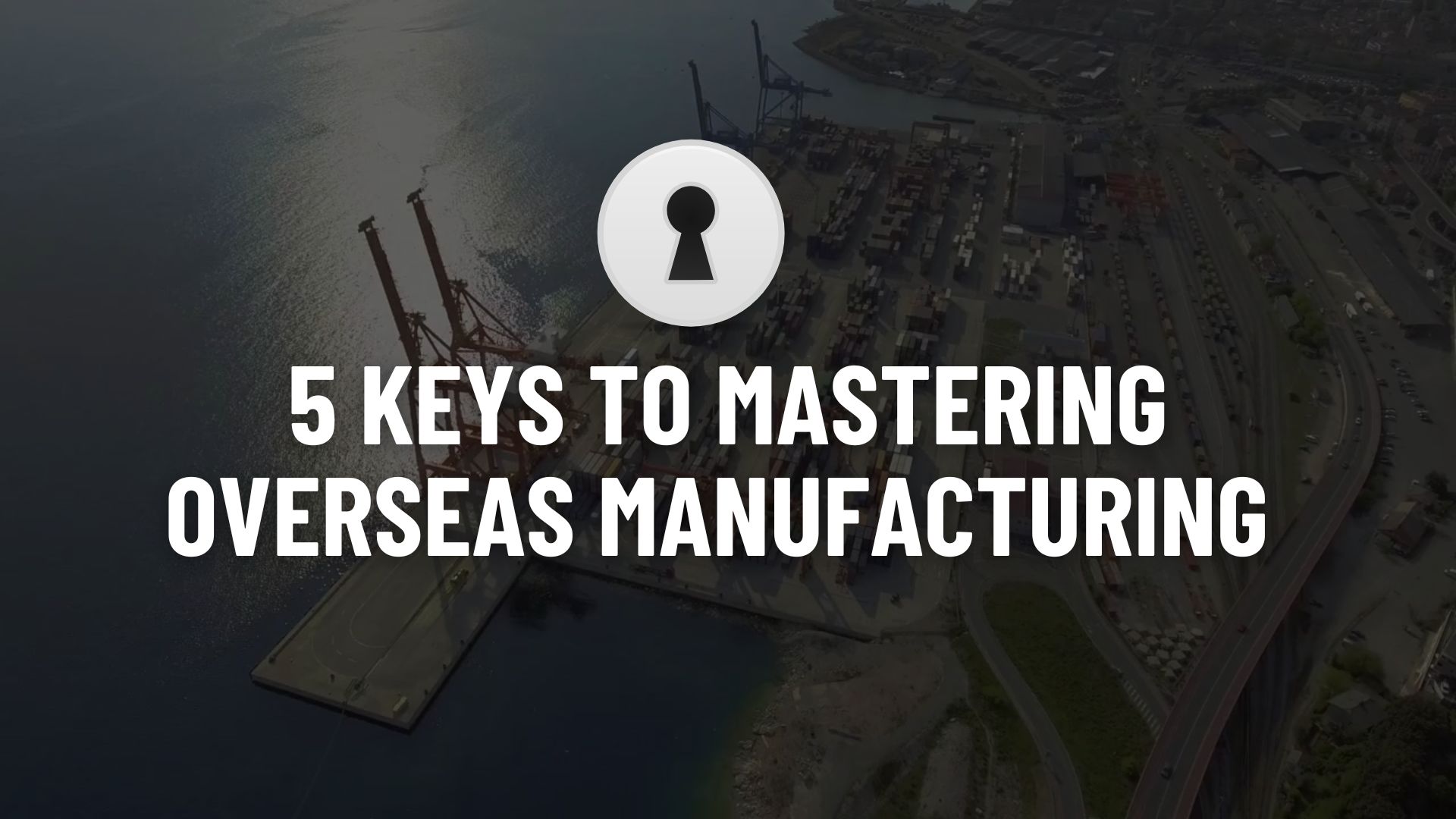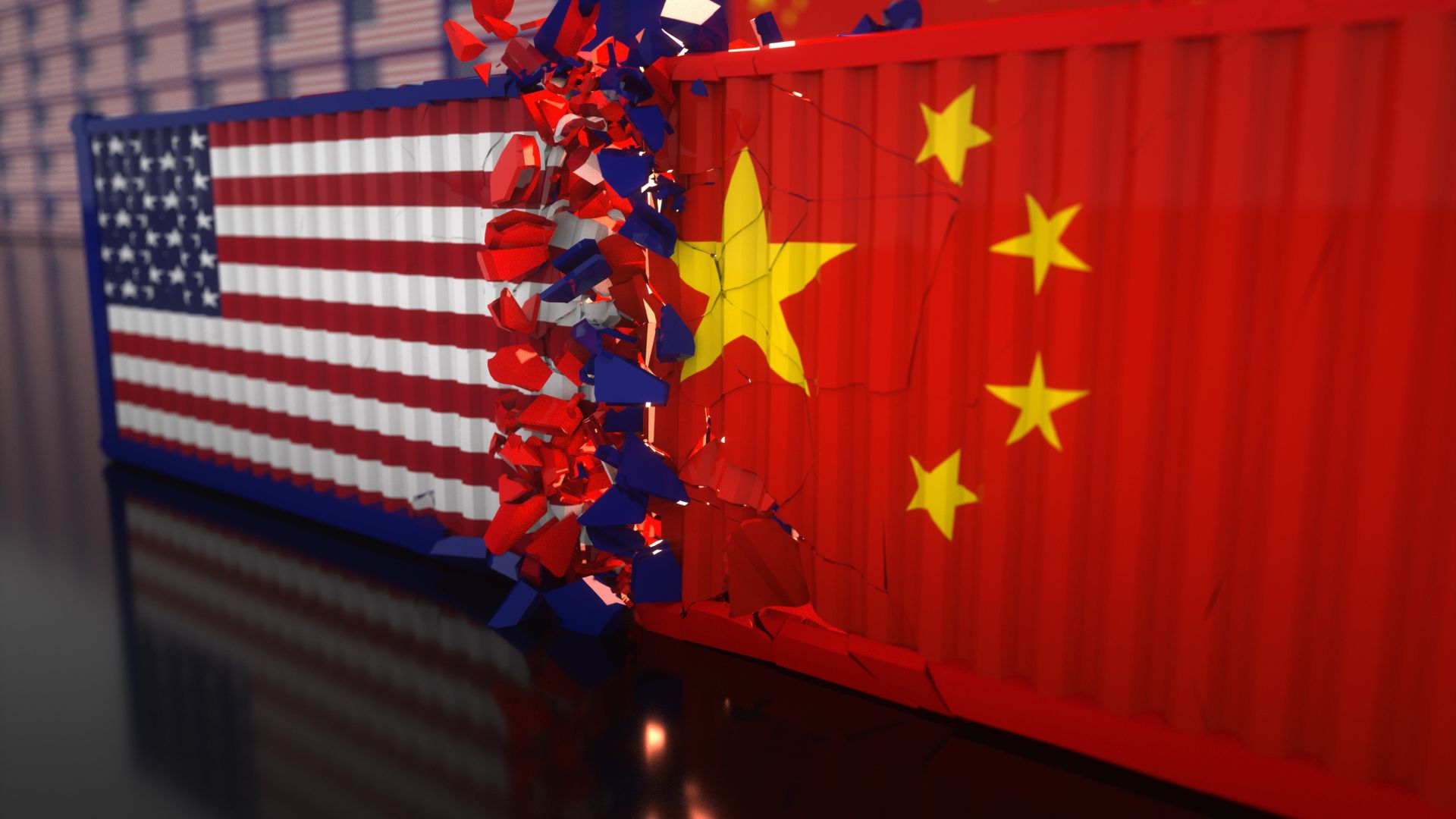Manufacturing Consultants agree there are brighter days are ahead for U.S. shipping and if you are in the business of overseas manufacturing, you have likely experienced repercussions from shipping channels congestion. Across the globe, the import and export industries have suffered from workforce shortages due to COVID-19. Moreover, manufacturing in China has been delayed due to the Lunar New Year and the 2022 Winter Olympics. Given the ongoing development of overseas hostilities, it may be difficult to see a way for these shipping issues to be relieved.
Despite the chaos, some ports in the U.S. have been able to turn their congestion into increased productivity. Here are a few ways this is being accomplished.
Alternative Shipping Methods
Some manufacturing companies have established an alternative way to ship their products from overseas facilities. While shipping ports and harbors have continued to be overwhelmed — many on the U.S. west coast restoring to the redirection of traffic — air freight has been less affected by the global shipping congestion.

Not all outsourced manufacturing can be shipped back to the U.S. by air. Due to a number of factors, some industries will still require a ship to transport their products from overseas. However, as companies who are able to make a change do so, this frees up some space and traffic in the water.
Establishing Additional Facilities
S&P Global Commodity Insights reported that some east coast ports — particularly in areas of the south — have established additional processing facilities in the form of pop-up container yards. The addition of these locations redistributes some of the traffic and therefore alleviates some congestion.
This solution to the overwhelming number of inbound ships means that manufacturing consultants can predict improvements in shipping and delivery times. For those who work with west-coast-based companies, manufacturing consultants will need to set up and develop domestic shipping routes to get their goods across the United States.
Shipping Slowdown
Although China’s Lunar New Year and the Olympics caused a delay in exports from Chinese facilities, this downtime has given many ports time to catch up. Due to the lull in inbound ships, both west and east coats ports of call have been able to put dents in their waiting ship queue. Although these facilities will inevitably see an uptick in traffic soon, this small reprieve has a great impact.
The COVID-19 pandemic continues to influence global trade. Within the first half of 2020, sea trade volume decreased by 9.5% globally. Compared to reports from 2019, S&P Global Commodity Insights concluded that the annual drop in volume was 16%. The decrease in shipping was a direct result of reduced manufacturing workforces. However, now that businesses and governments have, for the most part, adapted to new processes because of COVID-19, operations are moving more smoothly, overall.
With the evolution of the shipping industry, your business may have reservations about how to proceed. ITI Manufacturing can provide your business with expert insights and individual manufacturing consultants for your needs.






